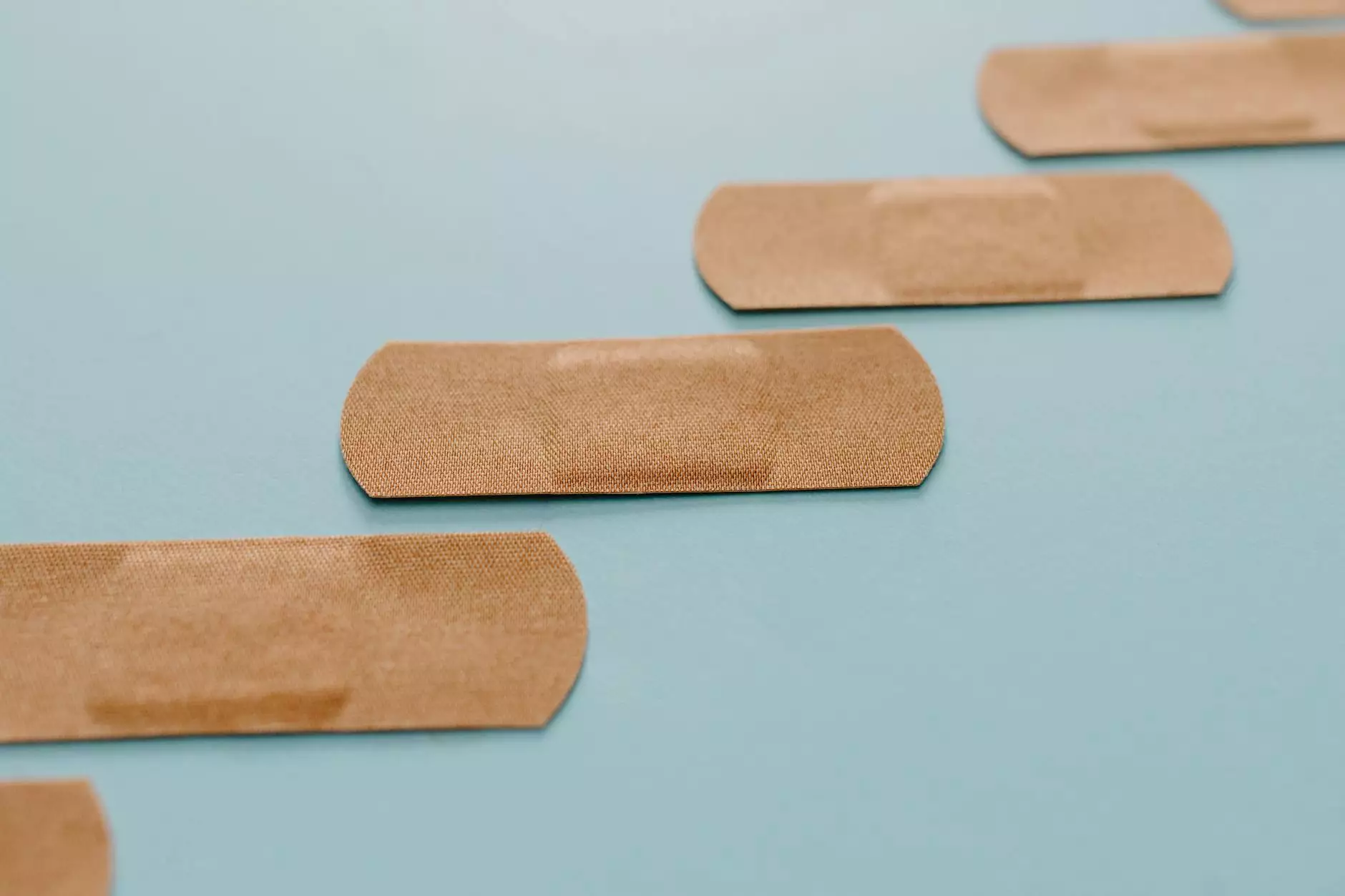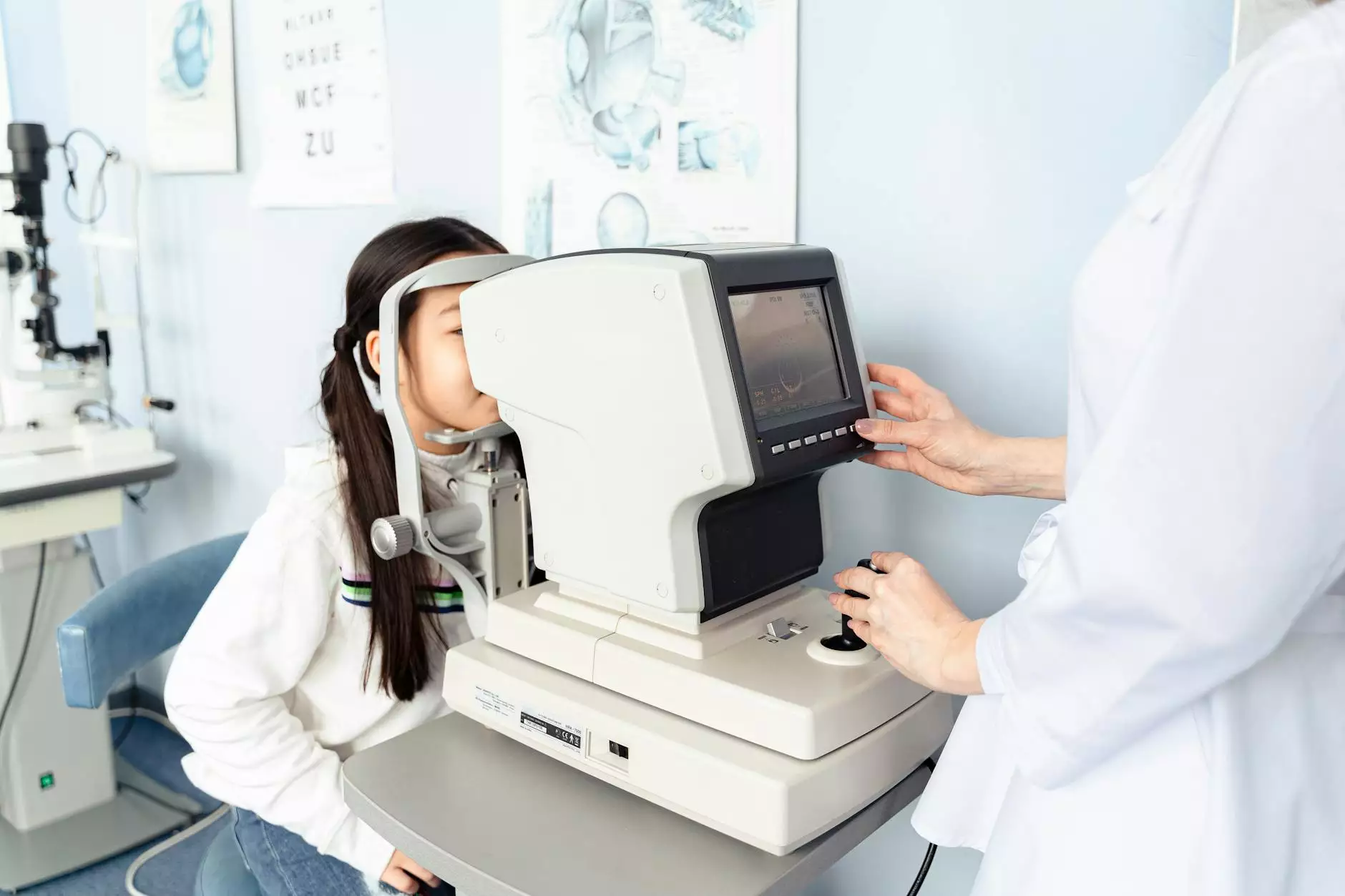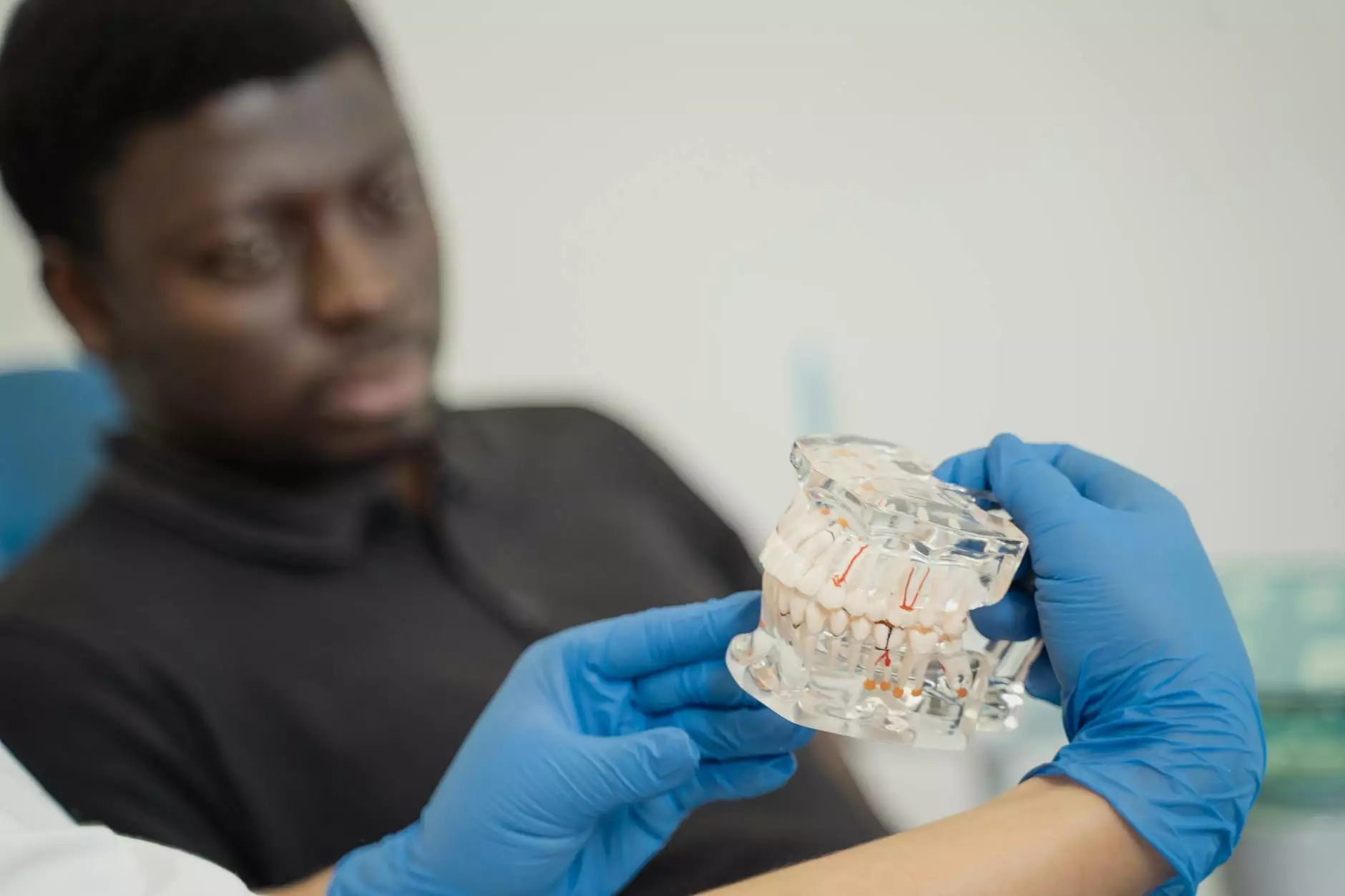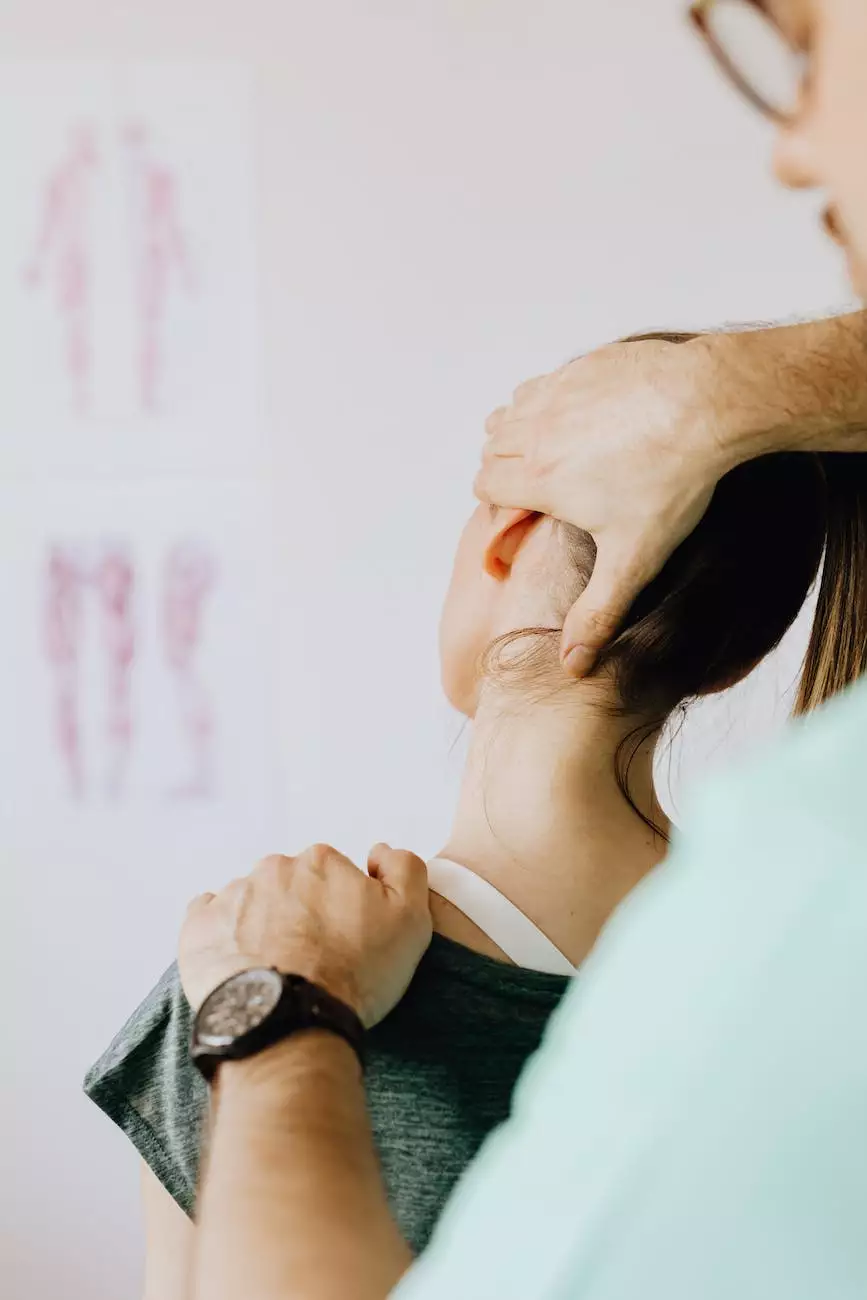Skin Care for People with Insensate Feet and Legs

Introduction
Welcome to Foley James D MD, where we provide comprehensive information on lower extremity skin care for individuals with insensate feet and legs. Our aim is to educate and guide you on the best practices to maintain healthy skin and prevent complications.
Understanding Insensate Feet and Legs
Insensate feet and legs refer to the loss of sensation or feeling in the lower extremities. This condition is commonly associated with conditions such as peripheral neuropathy, diabetes, and nerve damage.
Without proper sensation, it becomes challenging to detect minor injuries, cuts, or blisters on the skin. When left unattended, these seemingly minor issues can lead to serious infections, ulcers, and even amputation.
The Importance of Skin Care
Proper skin care is critical for individuals with insensate feet and legs to maintain optimal skin health and prevent complications. By adopting a proactive approach, you can significantly reduce the risk of infections and other related problems. Here are some essential tips:
1. Daily Foot Inspection
Make it a habit to examine your feet and legs daily. Look for any signs of redness, swelling, blisters, cuts, or sores. Use a mirror or ask a family member or caregiver for assistance in hard-to-see areas.
2. Keep Skin Clean and Dry
Wash your feet and legs with warm water and mild soap, ensuring to clean between the toes. Pat them dry gently, especially in the areas where moisture tends to accumulate. Avoid excessive soaking as it can strip natural oils and cause dryness.
3. Moisturize Regularly
Apply a gentle moisturizer to keep your skin hydrated. Pay extra attention to dry areas and areas prone to cracking, such as heels. Avoid applying moisturizers between the toes to prevent excess moisture, which can lead to fungal infections.
4. Choose Proper Footwear
Wearing appropriate footwear plays a significant role in preventing skin-related issues. Opt for well-fitting shoes with ample toe space and cushioning. Avoid high heels and shoes that cause excessive pressure or rubbing.
5. Avoid Extreme Temperatures
Protect your feet and legs from extreme temperatures. Prevent frostbite by wearing warm socks and proper insulation during cold weather. Similarly, avoid prolonged exposure to excessive heat, as it can cause burns or blisters.
6. Trim Nails Carefully
When trimming your nails, take extra caution not to cut too close or into the skin. Trim them straight across and smooth any sharp edges with an emery board. If you have difficulty trimming your nails, seek the assistance of a podiatrist.
7. Regular Check-ups
Ensure regular check-ups with your healthcare provider, particularly if you have a pre-existing condition like diabetes. They will assess your foot and leg health, provide necessary treatments, and offer personalized care recommendations.
Conclusion
At Foley James D MD, we are committed to empowering individuals with insensate feet and legs to take control of their skin health. By incorporating these proactive measures into your daily routine, you can reduce the risk of complications and enjoy healthier skin. Remember, proper skin care is essential for overall well-being and a better quality of life.










